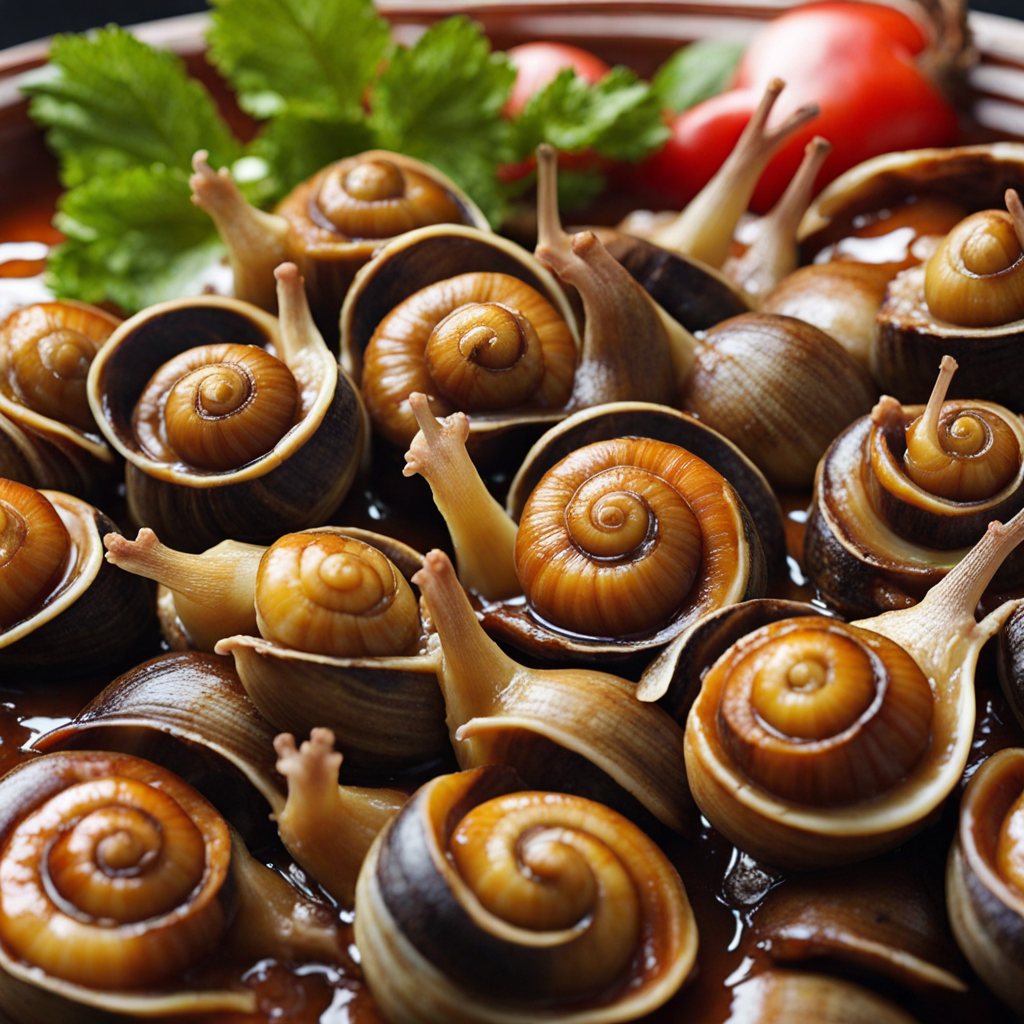Formatjades
Formatjades are a delightful culinary treasure from the picturesque country of Andorra, nestled in the Pyrenees mountains. These traditional pastries are crafted from a rich blend of flour, butter, and sugar, resulting in a flaky and tender crust that encases a luscious filling. The most common filling includes a mixture of local cheeses, particularly the renowned Andorran cow's cheese, which imparts a creamy and slightly tangy flavor. The unique combination of textures and tastes makes Formatjades a beloved treat among locals and an enticing discovery for adventurous food lovers. The preparation of Formatjades is an art form that reflects the region's culinary heritage. Once the dough is prepared, it is rolled out and cut into circular shapes, which are then filled with the savory cheese mixture. The pastries are carefully folded and sealed, often adorned with beautiful decorative patterns that pay homage to Andorra's artisan traditions. After a brief baking period, they emerge from the oven with a golden-brown hue, exuding an irresistible aroma that beckons to be savored. Each bite offers a delightful contrast between the crisp pastry and the creamy filling, making it a memorable experience. Traditionally enjoyed as a snack or dessert, Formatjades can be found in local bakeries and markets throughout Andorra, often paired with a glass of sweet local wine or a cup of rich coffee. They embody the essence of Andorran culture, showcasing the region's emphasis on high-quality ingredients and time-honored techniques. For those seeking to embark on a culinary journey, indulging in Formatjades is a must, as it provides a delicious insight into the flavors and traditions of this charming mountain nation.
How It Became This Dish
The Engaging History of Formatjades: A Culinary Gem from Andorra Nestled in the eastern Pyrenees, Andorra is a small principality that boasts a rich tapestry of culture, history, and culinary delights. Among these delights, Formatjades stands out as a distinctive dish that encapsulates the essence of Andorran tradition and the region's agricultural heritage. This history of Formatjades takes us on a journey through its origins, cultural significance, and its development over time, showcasing how this dish has become a beloved symbol of Andorran cuisine. #### Origins of Formatjades Formatjades, often referred to in English as "cheese pies," have their roots deeply embedded in the pastoral lifestyle of Andorra. The dish is believed to have originated in the rural communities of the region, where sheep and goats were raised for milk production. The mountainous terrain of Andorra provided an ideal environment for the grazing of these animals, and as a result, cheese-making became a vital part of local culture. The name "Formatjades" is derived from the word "formatge," which means "cheese" in Catalan, the official language of Andorra. Historically, Formatjades were crafted using leftover cheese, particularly the semi-hard cheeses typical of the region like "Formatge d'Andorra," made from sheep’s milk. The dish is essentially a pastry filled with cheese, often combined with eggs and herbs, showcasing the abundant local ingredients. #### Cultural Significance Formatjades are more than just a delicious dish; they are a reflection of Andorra's cultural heritage and agricultural practices. As a mountainous nation with limited arable land, Andorra's inhabitants have relied on traditional farming and animal husbandry to sustain themselves. The making of Formatjades embodies the ingenious use of available resources, a characteristic of rural lifestyles in many parts of the world. In Andorra, food is often tied to communal and family gatherings. Formatjades serve as a staple during celebrations and festivals, especially during the winter months. Families would prepare large quantities of the dish to share with neighbors and friends, reinforcing social bonds and community spirit. The act of making Formatjades is typically a communal affair, with family members coming together to prepare the dough and filling, echoing the cooperative traditions of Andorran society. #### The Development Over Time The evolution of Formatjades reflects broader changes in Andorran society and culinary practices. In the mid-20th century, as Andorra began to develop its tourism industry, there was a renewed interest in traditional foods, and Formatjades became a symbol of Andorran identity. Local restaurants began to feature this dish prominently on their menus, often with their unique twists and variations. While the traditional recipe remains popular, chefs have embraced innovation by incorporating different types of cheese, such as “tomme” and “cancoillotte,” as well as additional ingredients like spinach, mushrooms, or even nuts. This adaptability has allowed Formatjades to cater to contemporary tastes while respecting the dish’s historical roots. In recent years, the Andorran government has also recognized the importance of preserving culinary traditions as part of its cultural heritage. Initiatives promoting local gastronomy have helped raise awareness about traditional dishes like Formatjades, encouraging new generations to learn about and appreciate their culinary heritage. Cooking workshops and festivals celebrating Andorran cuisine have further solidified Formatjades as a must-try dish for visitors seeking an authentic taste of the region. #### Formatjades Today: A Culinary Experience Today, Formatjades are enjoyed by locals and tourists alike, often served in various forms—from small, individual pies to larger family-sized versions. The dish can be found in bakeries, restaurants, and even street food stalls, illustrating its versatility and widespread appeal. The preparation of Formatjades has also evolved, with modern cooks often using ready-made pastry dough for convenience, while traditionalists continue to make everything from scratch, honoring the time-honored techniques passed down through generations. The fillings remain a crucial aspect, with many chefs experimenting with flavor profiles while still highlighting the quality of Andorran cheeses. In terms of cultural significance, Formatjades have also found their way into Andorran identity on a global scale. As Andorra has become increasingly recognized in international tourism, the dish has served as an ambassador of Andorran culinary culture. Food festivals and cultural exchanges often highlight Formatjades, allowing people from different backgrounds to experience a slice of Andorran life. #### Conclusion The journey of Formatjades from humble rural origins to a celebrated culinary staple is a testament to Andorra's rich agricultural heritage and communal spirit. This dish not only nourishes the body but also serves as a bridge connecting generations and fostering community bonds. As Andorra continues to embrace its unique identity amidst a rapidly changing world, Formatjades stand as a delicious reminder of the past—an enduring symbol of tradition, innovation, and the flavors of the Pyrenees. With each bite of Formatjades, one can taste not just the cheese and herbs, but also the history and culture of a small nation that has masterfully woven its culinary traditions into the fabric of its identity. Whether enjoyed at a family gathering, a local festival, or a quaint restaurant, Formatjades remain a cherished part of Andorra's gastronomy, inviting all to savor the flavors of this beautiful principality.
You may like
Discover local flavors from Andorra







